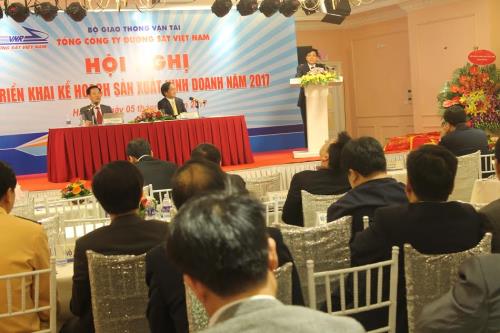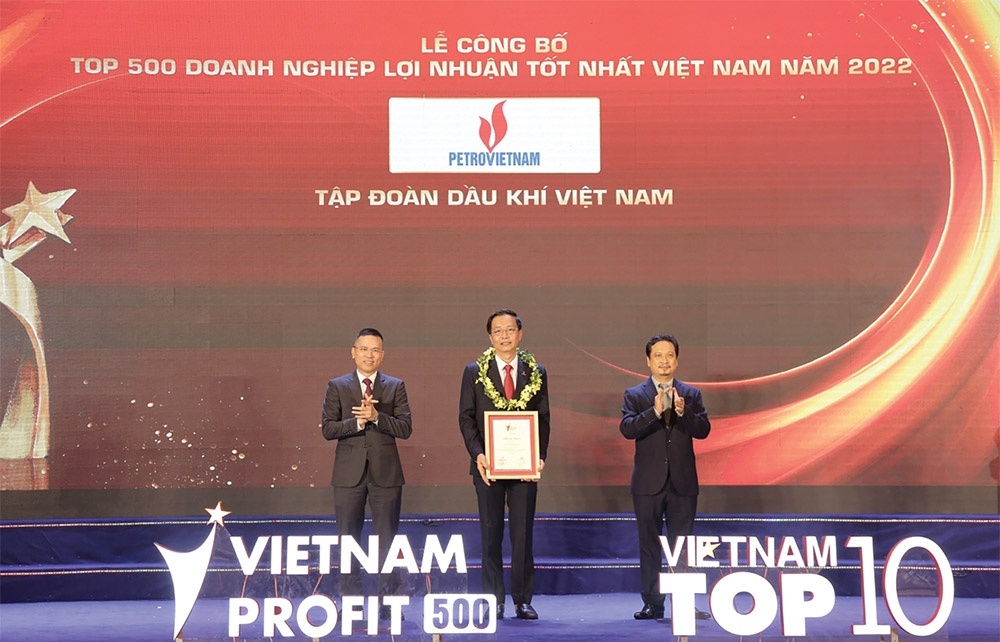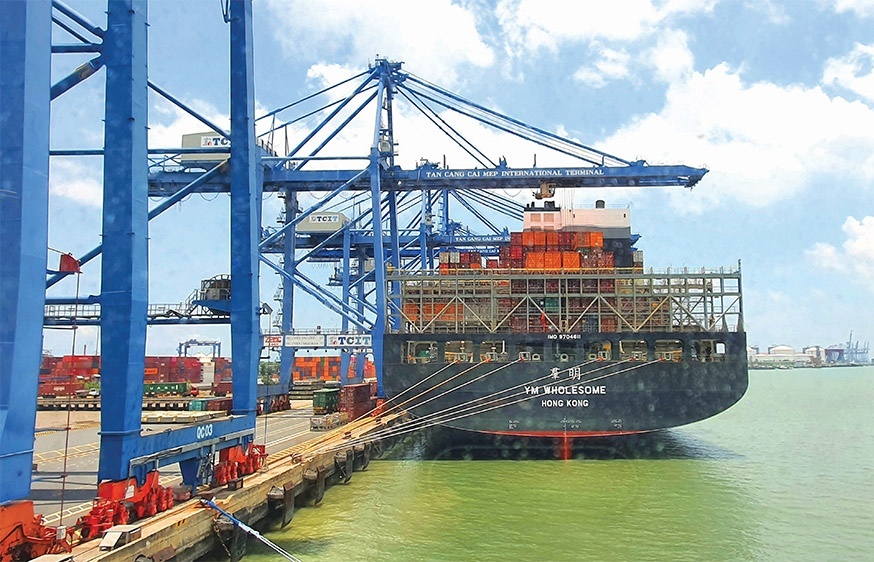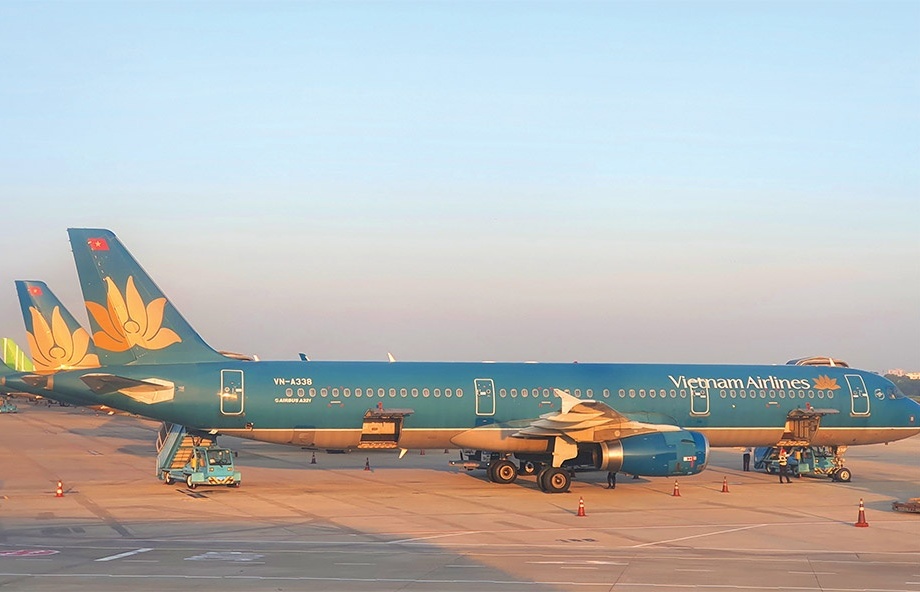Vietnam Railways revenue in continuous decrease
 |
Deputy general director Doan Duy Hoach said at the company’s January 5 conference to deploy plans for 2017 that the company’s revenue in 2016 was down 11.2 per cent on-year, falling to VND8.34 trillion ($369.6 million).
Meanwhile, as reported by Tuoi Tre, the parent company’s revenue fell by 15 per cent, to VND2.39 trillion ($105.7 million). Its after-tax profit was up 29.1 per cent to VND112.29 billion ($4.97 million), but the profit mostly came from financial investments. The company’s manufacturing output also dropped.
The causes include outdated facilities and infrastructure, sub-par customer service, and an inability to compete with other modes of transportation.
Earlier, Hoach told Thanh Nien newspaper that the lack of investment was one of the main problems facing the Vietnamese railway industry, citing that the amount given to the company from the state budget only met 60 per cent of the maintenance requirements for the existing infrastructure.
He said that Vietnam’s rail transport network relied on a 100-year-old infrastructure built during the French colonisation. The system runs primarily on single tracks which limit speed and capacity. Ridership has been falling since 2013, even on the 300-500-km routes which were traditionally dominated by rail.
VNR’s 2015 business was also bleak, as revenue was halved over-year.
There has been discussions about opening up the industry to the private sector, moving towards a model where the state handles the infrastructure, while businesses took over the train services.
| RELATED CONTENTS: | |
| Level crossing nationwide will be reviewed | |
| New draft law on track to split up railway monopoly | |
| New law to spur FDI in railway | |
| HCM City promotes railway tourism over national holiday | |
What the stars mean:
★ Poor ★ ★ Promising ★★★ Good ★★★★ Very good ★★★★★ Exceptional
Latest News
More News
- Firms enjoy cross-border advantages (November 03, 2024 | 16:15)
- Barriers remain as firms pursue e-commerce growth with EU (November 03, 2024 | 15:47)
- Vietnam Economic Pulse Forum discusses sustainable growth (November 01, 2024 | 17:30)
- Vietnam strengthens quality measurement standards cooperation with UAE, Saudi Arabia (October 31, 2024 | 17:18)
- Sanofi steps up efforts to boost community health in Vietnam (October 31, 2024 | 14:56)
- Vietnam SuperPort poised to elevate Vietnam's logistics capabilities (October 31, 2024 | 14:00)
- SABECO brands win big at 2024 International Beer Cup (October 31, 2024 | 11:10)
- Aramco and PetroVietnam sign collaboration framework agreement (October 31, 2024 | 10:30)
- WinCommerce posts net profit in third quarter (October 31, 2024 | 10:27)
- UAE's Presight to boost applied AI and digital transformation initiatives in Vietnam (October 31, 2024 | 10:26)



















 Mobile Version
Mobile Version